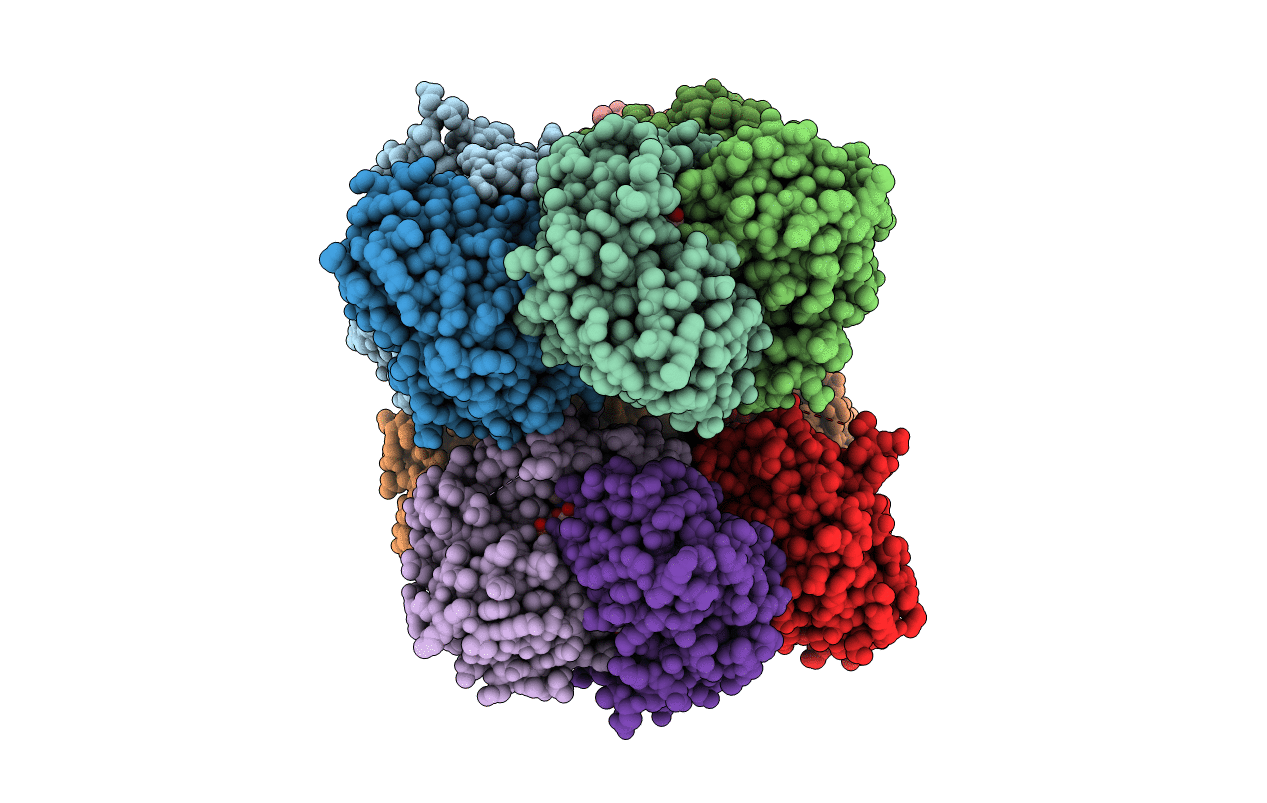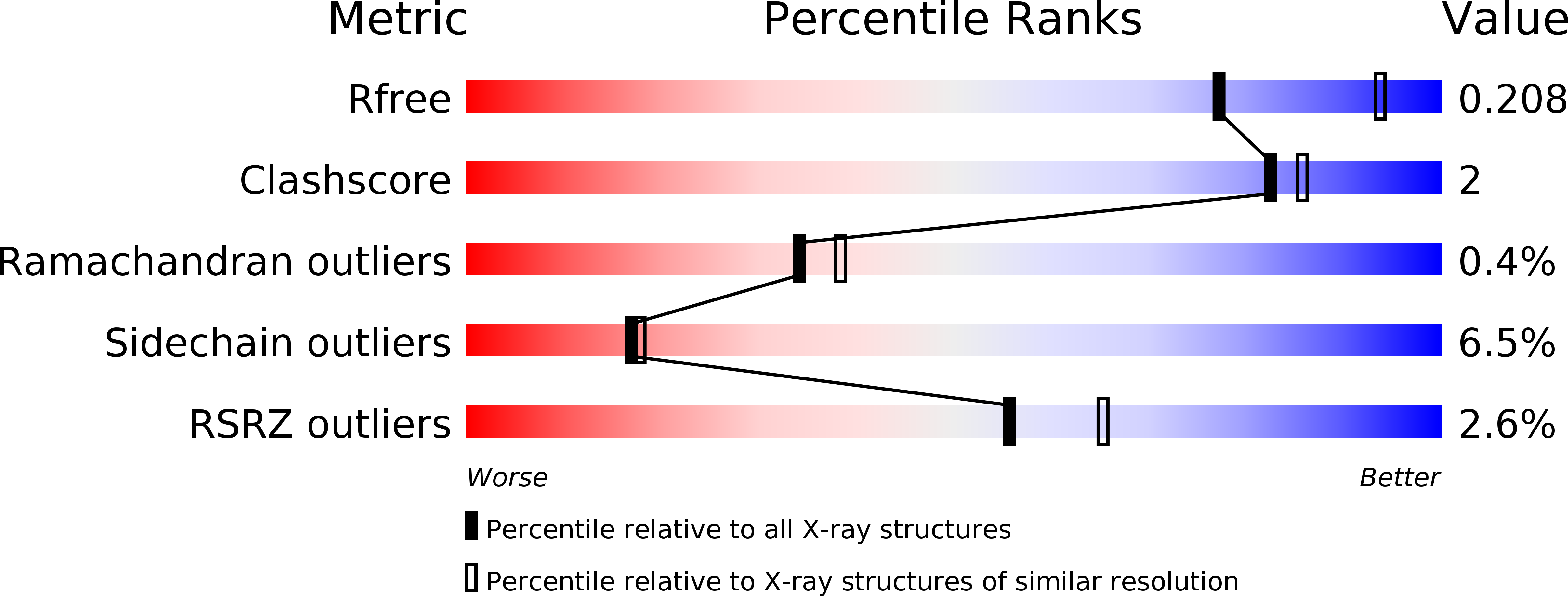
Deposition Date
2003-12-18
Release Date
2004-04-13
Last Version Date
2024-03-13
Entry Detail
PDB ID:
1RXC
Keywords:
Title:
E. COLI uridine phosphorylase: 5-fluorouracil ribose-1-phosphate complex
Biological Source:
Source Organism:
Escherichia coli (Taxon ID: 562)
Host Organism:
Method Details:
Experimental Method:
Resolution:
2.35 Å
R-Value Free:
0.20
R-Value Work:
0.14
R-Value Observed:
0.15
Space Group:
P 1 21 1


